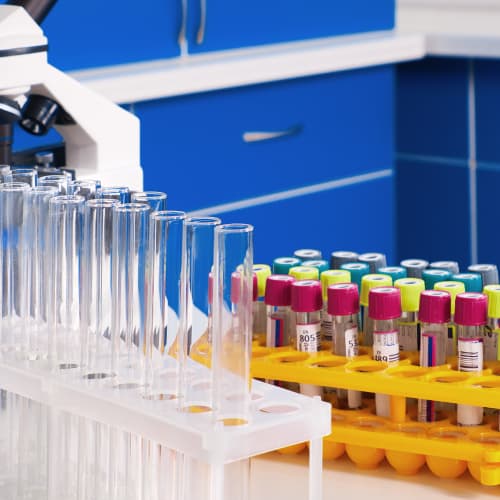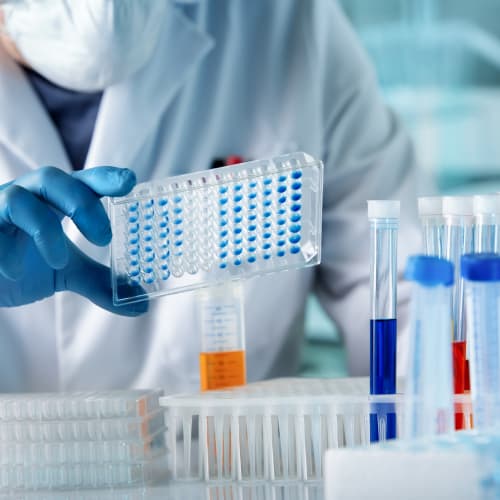USP <71> sterility testing for medical devices, pharmaceutical products, and radiopharmaceuticals is a required testing process for sterilization validation and lot release. USP <71> sterility testing is conducted in three primary ways for the following applications:
- Membrane filtration, primarily used for pharmaceutical products
- Direct transfer, primary used for medical devices
- Product flush, used for products with hollow tube construction
Boston Analytics provides expertise in USP <71> method suitability for your products and applications. Our processes also include sterilization process validation to ensure the integrity of the test itself. Reliable, accurate testing and validation services help ensure that patient safety is not compromised and that products and processes meet regulatory requirements, including cGMP and FDA standards.

